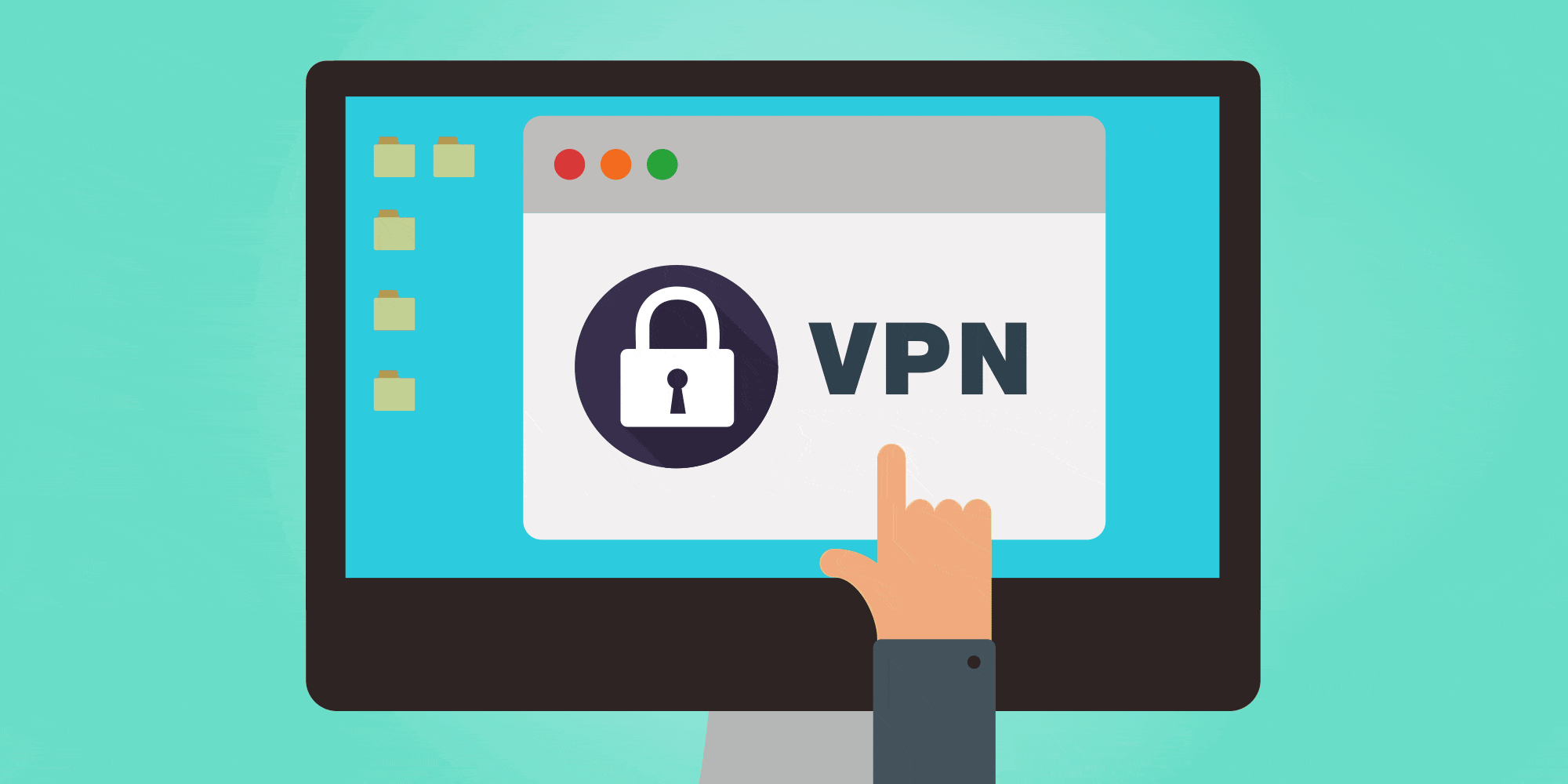The pandemic created a massive shift of thought and location for employees all over the world. The current problem created a future threat to the security of workforces everywhere, making many question if they were as secure as they could be from threats online, both at home and abroad. Many companies’ workforces are working totally from home, separated from the safety net of I.T. departments and other helpful means of protecting valuable company property and data from attack.
Companies today need to configure multiple plans, to prevent breaches of security in the areas of data access, wi-fi access, and more. Here are some handy tips to stop cyber criminals from attacking your employees and company while your staff is busy working from home.
Step #1: Establish and Execute a Company-Wide Plan
In these trying times, the first step businesses should take to remain safe is to formulate a plan for all of their employees, no matter where they’re working from. This plan should focus on the long-term safety of your property and employees, as well as shore up the short-term threats present. In times of uncertainty and chaos, a business plan will help your company identify vulnerabilities in your network’s current protection strategy.
Giving your employees a concrete and well-developed plan will also allow them to set to work immediately, providing them peace of mind and an action plan to follow along to protect themselves. Their productivity will remain steady during the transition, which will keep revenue flowing and keep your company as prosperous as possible. Your I.T. department should formulate this plan with higher ups to understand the resources at their disposal; there’s no one set plan for all companies, but customer plans which work successfully for individual companies depending on the field and degree of technological know-how. There are also businesses which will give you a free remote employee security assessment so you can start cultivating your approach.
Step #2: Give All Employees Company Owned Computers to Enhance Transparency

Private security seems to have come a long way in the last few years, but it’s still dangerous for employees to access work functions through their own laptops or CPUs. Computers and other electronic devices found in people’s homes will not have the necessary malware protection to justify use for company purposes. To counter this problem, it’s a smart idea to issue your employees laptops and, in extreme cases, phones to prevent malware and protect company secrets and projects.
If your employees use their own devices, their malware will inevitably attack your network, meaning costly data compromises and other cyber threats. However, giving them access to clean and professional devices will mean they never have to log onto the company network through their own home devices. The devices you issue should come equipped with antivirus software to protect from hackers and other malware, which will keep your information safe.
Step #3: Make Sure Their Wi-Fi Network is Secure

Although devices may be safe and virus-proof, there’s still the problem of the network your employees are using. You should ensure each of your employees have access to a secure Wi-Fi access point to log onto the network and do any necessary online work.
Wi-Fi signals are often broadcast past employee’s homes and into the streets, meaning they could potentially reach other households. No businesses wants other random people to access their data and other confidential information, so close the backdoor fast with secure wi-fi capabilities. To do this, you can use stronger encryption and more complex passwords, hide employee network names, and install a firewall which can be enabled and disabled to your liking.
Step #4: Set Up a Two-Factor Authentication VPN

In addition to securing devices and wi-fi networks, it’s important that your company invests in a VPN service. This is one of the strongest ways to protect your at-home workforce. VPNs are “virtual private networks;” they act as private and encrypted tunnels which transfer directly to your I.T. network. This private network is a great way to alleviate the hassle of outsiders trying to look in and steal your information, and work on a company-wide and individual level.
With two-factor authentication enabled, your employees will still need to call in to the office to be able to access the network. This step is crucial and makes hacking by outside forces far more difficult. Two factor authentication is being employed with more frequency in many businesses and university campuses to protect students and staffs alike.
Step #5: Assess Your Long-Term Strategy

It’s important to understand that this work stoppage could linger for another few months. To truly secure your workforce and data, your company should assess its long-term strategies dealing with security and cyber attack prevention. You can create another plan to ease the work-from-home transition and hire a support team to keep everything secure both one site and from the employee home front.
No transition period is easy, but there are valuable lessons you can learn about your virtual workforce and steps you can take to keep employees safe for a long time to come. The pandemic has made work life difficult for thousands, perhaps millions, of companies. Stay ahead of the security curb by issuing devices to your employees, securing their wi-fi network, and investing in a VPN for extra security measures. The work-from-home strategy is difficult, but there are many strategies to consider.







